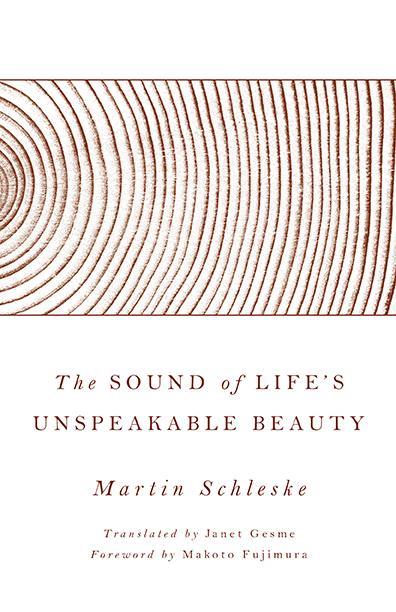Julian Haylock reviews Martin Schleske’s book relating the art of violin making to a profound belief in God

The Sound of Life’s Unspeakable Beauty
Martin Schleske
388PP ISBN 9780802876140
William B. Eerdmans £19.99
This is truly a one-off – a book that attempts to relate the art of violin making to a profound belief in God. As each point in the selection of materials and creative process is reached, so Martin Schleske discovers a metaphor for its place in God’s creation. On paper this may seem an unlikely synthesis of the practical and spiritual worlds, yet in practice Schleske’s absorption in the violin maker’s art is so engaging (both intellectually and sensually) and the way he segues seamlessly into Biblical analogy so deftly handled, that it feels – especially given the unusual premise – entirely natural.
I found myself immediately drawn into Schleske’s magical world by the opening chapter, which resonates poetically with the sound of ‘singing’ trees. Reflecting on his apprenticeship in Mittenwald, he recalls a trip into the Bavarian Alps as an ‘unforgettable adventure’, when he discovers countless fir trees uprooted by a storm, revealing an extraordinary treasure of tonewood. Recalling his lutherie training, he divides the trunks into ‘non-singers’ (which greet the axe head with a dull thud) and the altogether rarer ‘singers’, which respond with an open, musical resonance.
Schleske then likens the excited effort of sourcing the ideal timber to create a violin with the arduous search for and sustaining of faith. As he memorably puts it: ‘Belief manifests itself not in ideological dogma but in how we spend our time and energy.’ There is an infectious sense of awe and wonder in Schleske’s writing as he cites a line from Psalm 96 (‘Let all the trees of the forest sing for joy’) and finds striking correspondences between the profound calling of a skilled luthier and a Christian believer. Indeed, as he poignantly traces the violin’s journey from natural source to concert hall, one is constantly reminded how remarkable an invention the modern stringed instrument really is.
Printed on high-quality paper, and complemented ideally by Donata Wenders’ hauntingly apposite monochrome photography and an exemplary translation by Janet Gesme (made in consultation with Schleske), this splendid tome lovingly encapsulates one man’s unique search for the creative and spiritual ideal.
JULIAN HAYLOCK











































No comments yet